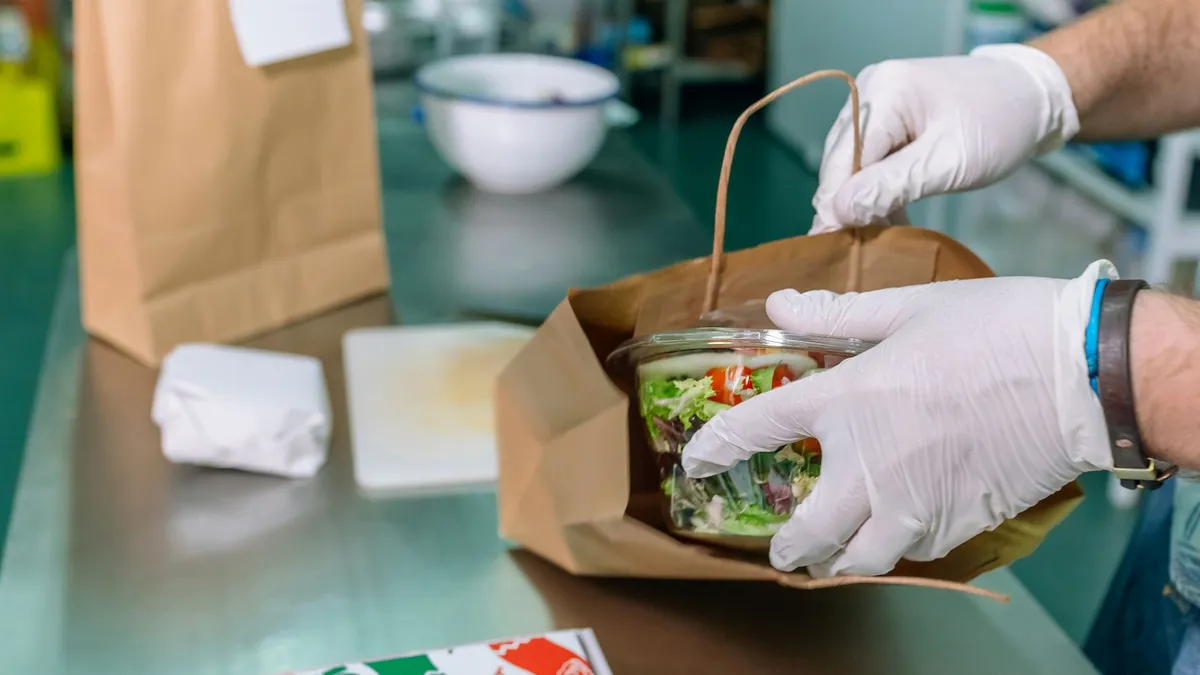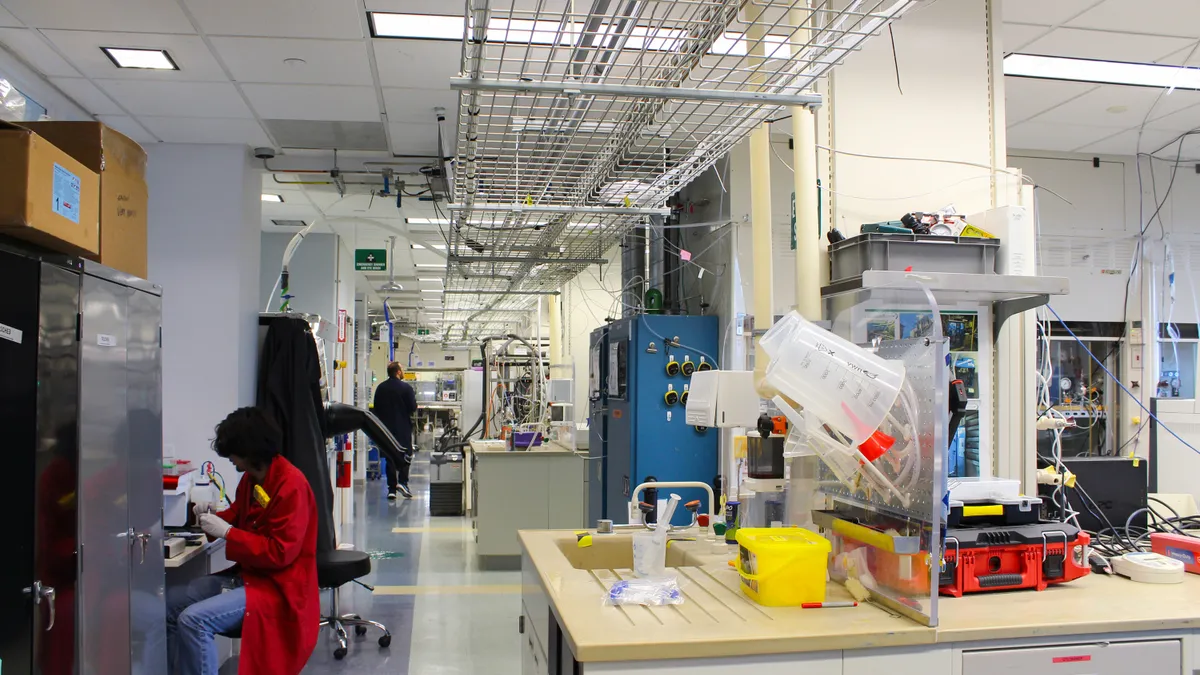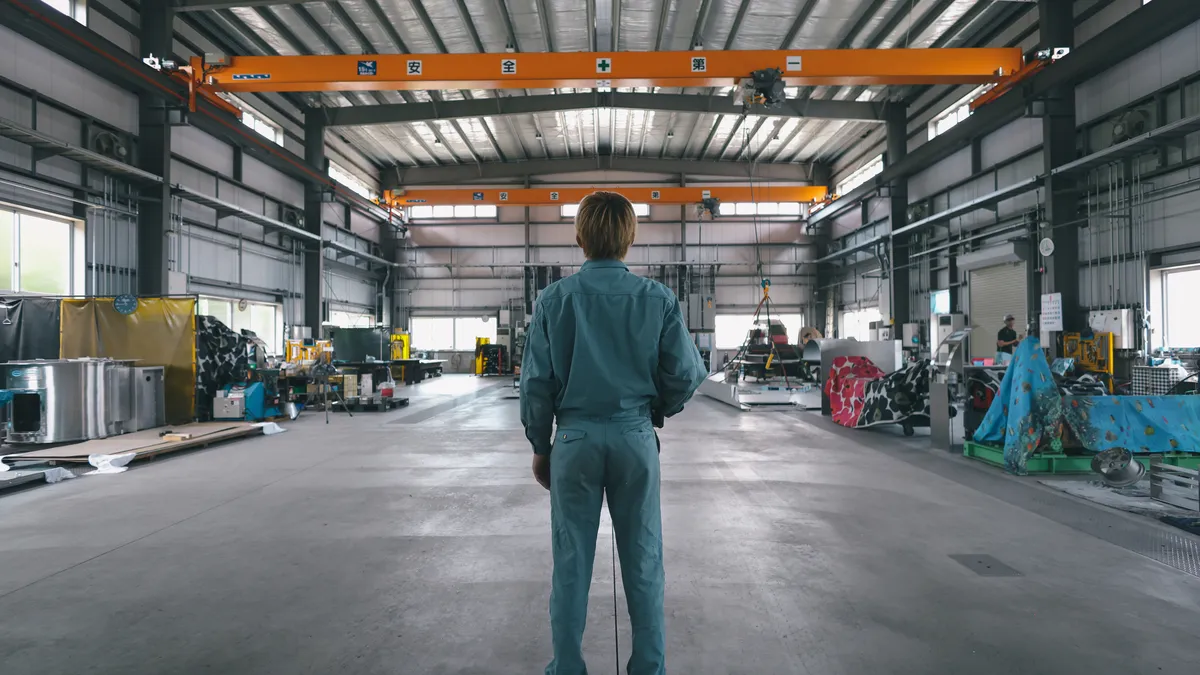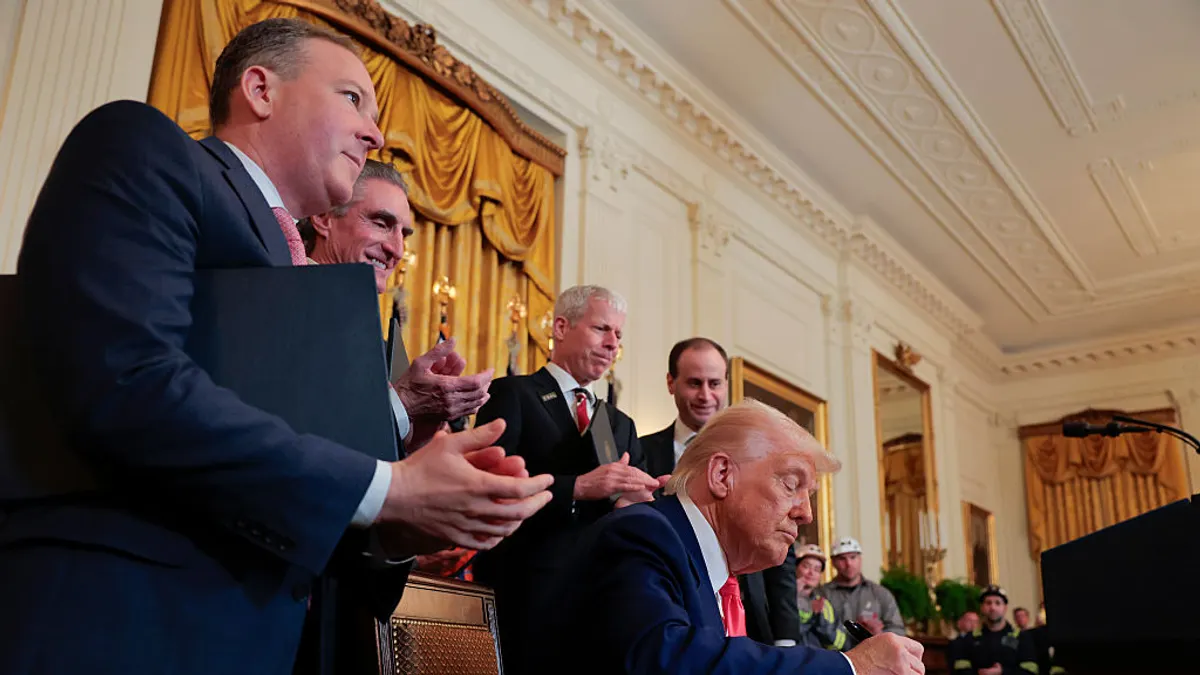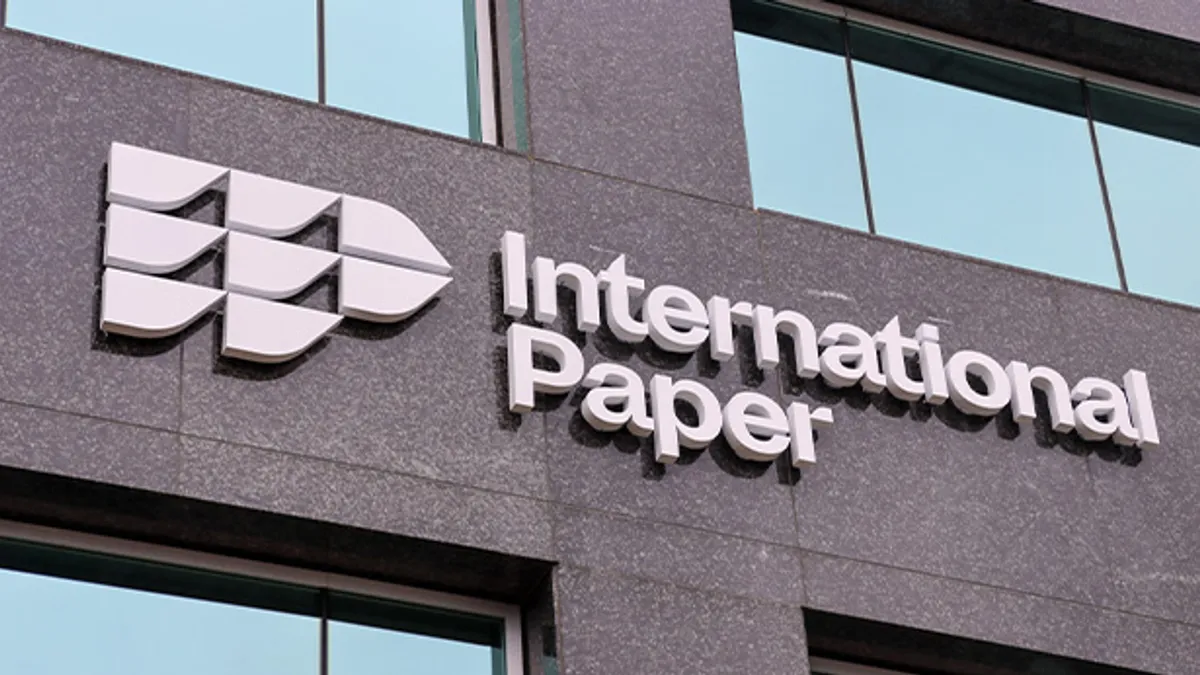For decades, Americans have sought a “miracle drug” to combat obesity, and the emergence of GLP-1 agonists seems to fit the bill. The rapid public uptake of these medications for their appetite-suppressing qualities correlates to demand shifts for packaging manufacturers that serve customers in the pharmaceuticals or food and beverage sectors — and willingness to adapt via innovation is paramount for maintaining business, analysts say.
As the drugs rose to mainstream prominence over the last few years, food and beverage packaging manufacturers initially reported "no impact whatsoever" to their businesses. But that has quickly changed.
During earnings calls in January and February, multiple packaging company executives noted GLP-1-driven demand alterations. The impact along supply chains is only expected to accelerate.
A 2024 report from financial services firm KPMG illustrates the effect on food and beverage, estimating that GLP-1 drug users’ caloric intake dropped by 21% compared with their consumption prior to taking such medications. In addition, their monthly grocery spending dropped by 31%. That amounts to a projected $48 billion annual spending reduction on food and beverage through 2034 — which also spells a big impression for food and beverage packaging.
Glucagon-like peptide-1 receptor agonists, commonly known under brand names like Ozempic, first launched as diabetes treatments, but they rapidly gained popularity for chronic weight management. A study from researchers at the University of Pennsylvania and Cedars-Sinai Medical Center in Los Angeles found a nearly 730% increase from 2019 to 2023 in GLP-1 users who were not diabetic but were obese or overweight. “Soon, weight-loss users will be the majority” of those who take the drugs, according to a February report from consulting firm EY-Parthenon.
Recent circumstances have further spurred the drugs’ prevalence and their impact throughout supply chains. For instance, yearslong drug shortages are easing. The FDA declared a shortage that lasted two and a half years over as of February for Novo Nordisk's metabolic drugs Ozempic and Wegovy. That follows the FDA's December declaration that the shortage had ended for Eli Lilly's Mounjaro and Zepbound.
In addition, drug companies are delving into direct-to-consumer dosing. Sonoco Chief Operating Officer Rodger Fuller referenced that phenomenon during the company’s Feb. 19 earnings call. He cited the expectation for the trend to positively affect Sonoco's temperature-assured packaging subsidiary, ThermoSafe, this year due to the drugs’ need for refrigeration, including during transport.
Plus, prices for the drugs are coming down, prompting analyst projections for significant market growth. Last month, for example, Novo cut the price of Wegovy for cash-paying consumers. And more insurance providers are exploring coverage for metabolic drugs as weight-loss options instead of just for treating conditions like diabetes.
"It's actively happening, but I would call it just the start — and the potential is huge," said Jim Owen, senior analyst for packaging and logistics at RaboResearch, referencing the drugs' proliferation and influence.
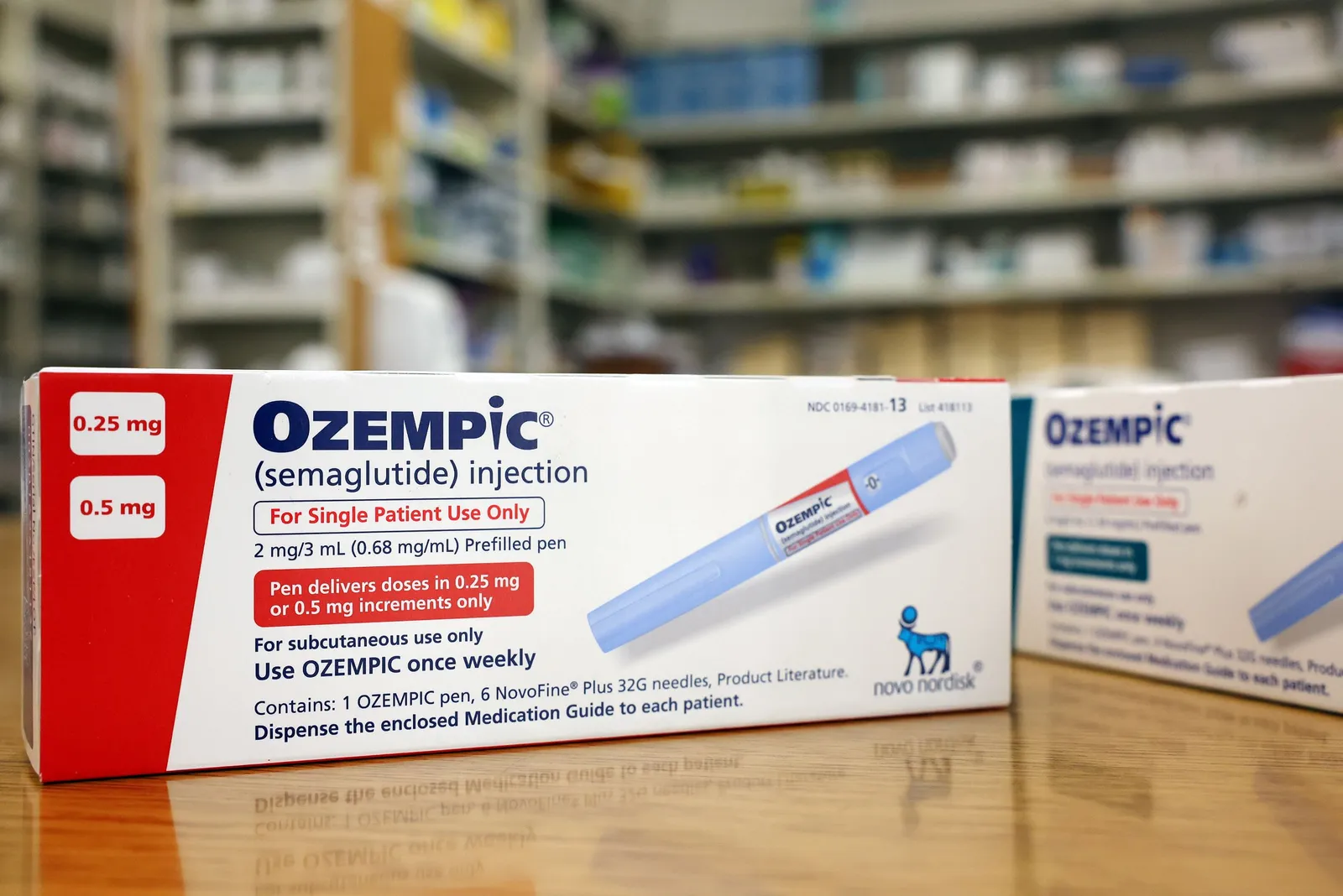
Feeling the pharma flow
Packaging manufacturers that serve medical device and pharma customers in many cases already report experiencing a GLP-1-related business boost. Analysts expect that to swell further.
Both pharma and packaging companies are expanding or developing new facilities for manufacturing the drugs or their containers. One example is contract pharmaceutical packaging company Sharp's announcement last year that it would grow secondary packaging production capacity at its facility in Macungie, Pennsylvania, which specializes in products such as autoinjectors and pre-filled syringes.
Flexible packaging is ripe for GLP-1 influence considering its prevalence in both the food and medical sectors, Owen said. Medical and pharmaceuticals is the second largest flexibles market segment, at 14.1%, worth $6.1 billion annually, according to the Flexible Packaging Association's 2024 State of the Industry report. It's the only end-use segment besides food to reach more than 10% of total flexibles market share. Plus, both converter and supplier survey respondents ranked medical and pharma as one of the top four growth markets for flexible packaging.
"We've had to adjust our strategies and our packaging demands to fit our customers' needs."

Jim Lassiter
Vice president and general manager at ThermoSafe
Demand shifts also are occurring for rigid fiber packaging. Smurfit Westrock has seen “really significant growth” in demand over the last 18 months from medical and pharma customers that deal with GLP-1, both in the U.S. and other regions globally, said Michael Larocca, vice president of sales for healthcare at Smurfit Westrock.
“Specifically, we're able to service that need in the form of folding cartons, literature, labels and corrugated,” Larocca said. “There's multiple product formats in the GLP-1 space — autoinjectors, vials, pre-filled syringes. Many of those formats utilize a folding carton in various forms.”
Generally, the primary and secondary packaging is made from solid bleached sulfate paperboard, which the company manufactures at its vertically integrated mills, Larocca said. The SBS is suitable for ambient and chilled environments, he explained. Smurfit Westrock’s components that support GLP-1 shipments also include “tertiary packaging for packers, things that are fluted and corrugated,” he said.
GLP-1 agonists’ refrigeration requirements also mean heightened sales volumes for cold-chain assurance businesses that serve the market. While ThermoSafe does a small amount of work with food sector customers, about 95% of its business comes from pharma, said Jim Lassiter, vice president and general manager. And with the business's cold-chain focus, “the majority of what we move are the more sophisticated drugs” like GLP-1.
GLP-1 use started strongly, then “scaled up in 2023 very aggressively,” but drug shortages led to supply chain roadblocks in 2024, Lassiter said. “In each of those instances, we've had to adjust our strategies and our packaging demands to fit our customers' needs.”
Prior to the drug shortages, most of ThermoSafe's packaging for GLP-1 shipments was a reusable format that incorporated phase-change refrigerant chemistry, or materials that provide heat transfer when they change state between liquid, solid or gas. The product “moved in what I'd call a semi-bulk state — bulk meaning a pallet-sized container, and semi-bulk meaning something that's about 18-inches cubed,” Lassiter said.
But as drug shortages occurred, “it all went to bulk,” he said, noting that’s when ThermoSafe “took a little bit of a step back” because it doesn’t focus as heavily on bulk. When the tight supply loosened in recent months, and as the direct-to-consumer model materializes, “that brings us into another strategy change in what we're using right now to deliver the product,” Lassiter said.
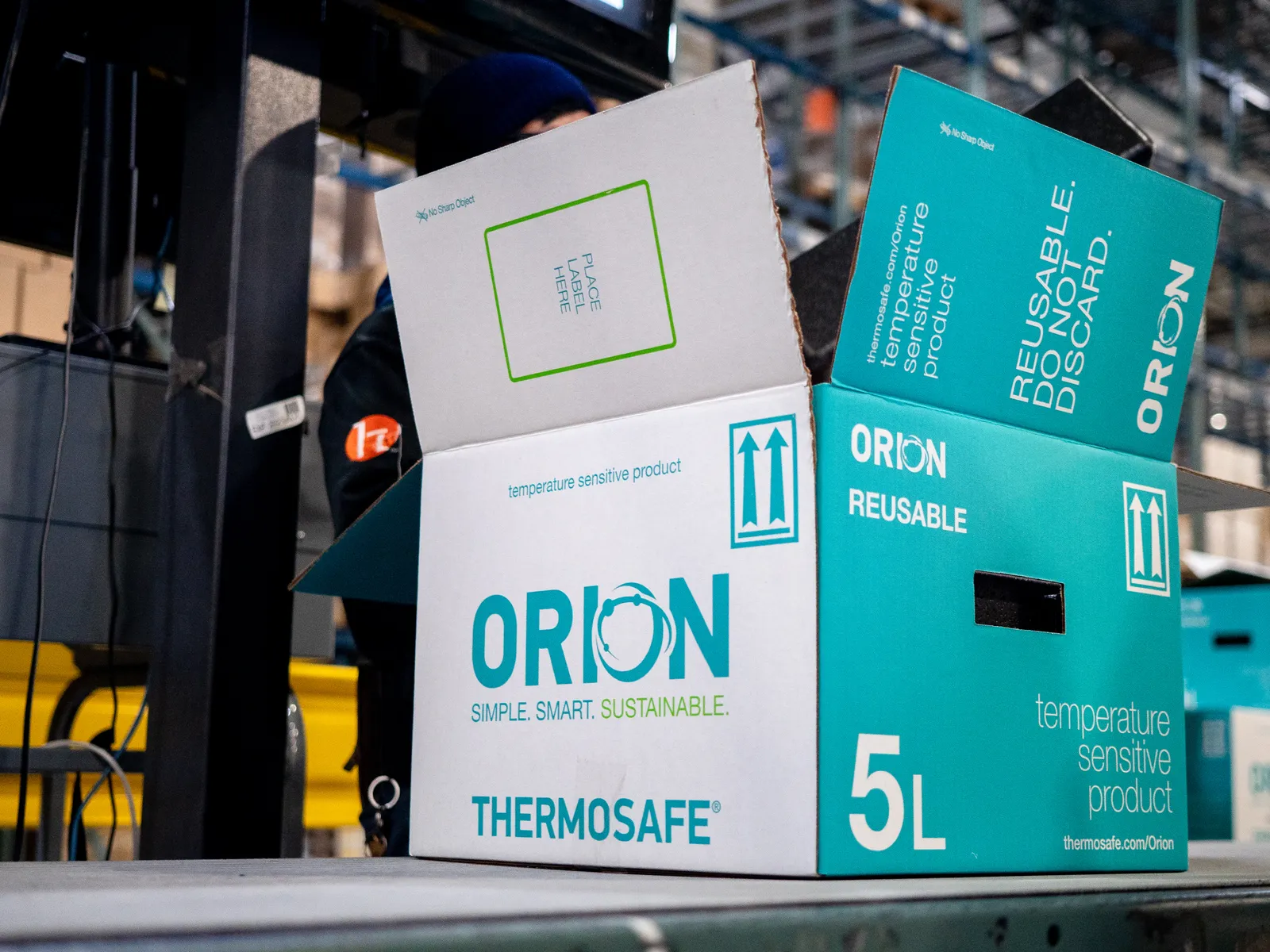
In addition to serving large pharma companies, ThermoSafe now also engages with pharmacies and other third-party distributors as those players gain prominence in the GLP-1 distribution cycle, said Vivian Berni, director of business development and strategic marketing at ThermoSafe. The company can shift to serve these distributors due to its experience “not just [with] the material science behind the packaging, but also the capabilities to manufacture in-house” to suit customized needs, she said.
The distribution model shift is particularly noticeable for direct-to-consumer shipments and has "put pressure back on ThermoSafe to deliver cost-effective packaging strategies that both we can scale and that we're capable of getting to a front porch,” Lassiter said.
DTC shipments typically reach a consumer in 24 to 36 hours, compared with the five to seven days often necessary for pharma customers, he explained. “The refrigerant doesn't have to be nearly as sophisticated because of that, but the cost and the scalability of the package needs to be as elastic as we can make it," he said.
DTC models also focus attention on a growing requirement: consumer convenience. That qualification has skyrocketed in recent years, Lassiter said.
"We also have the packaging within the package," Lassiter said. Customers decide which packaging mix to use, and that influences what happens at each of the forms' end of life. For instance, ThermoSafe offers "biodegradable" expanded polystyrene foam inserts for GLP-1 shipments, along with curbside recyclable fiber boxes, according to Berni.
"We have always approached thermal packaging from a material-agnostic standpoint. We really just look at what the customer requirements are," she said. "That's the fun part of it all: connecting the challenges of the customers and overcoming them with sustainability and from a behavioral standpoint."
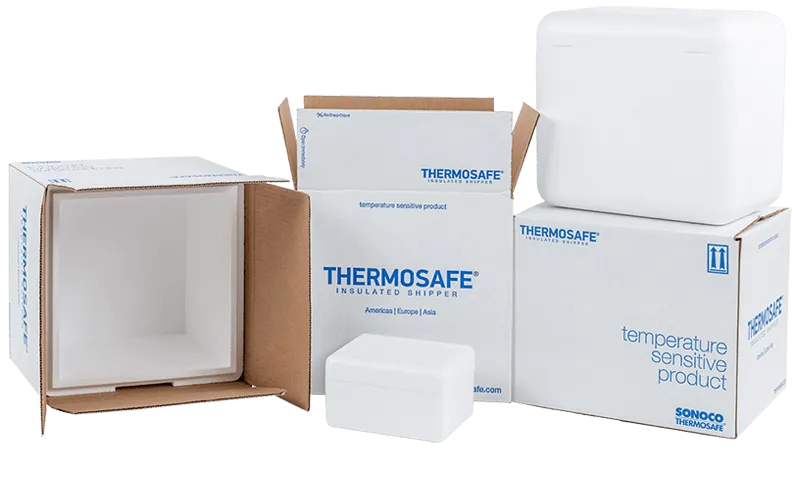
Shifting food patterns
Concerns have bubbled up about the potential for the appetite-suppressant drug surge to pare demand for snacks and other packaged foods as consumers eat less, which consequently could lessen packaging needs.
Wholesale demand drops are not necessarily how all packaging companies will feel the effects, though, analysts say. Rather, more packaging form shifts and labeling changes are on the horizon, producing business for converters who are willing to innovate.
Other than the stir that Walmart caused in October 2023 when it reported seeing a pullback in food-shopping demand from people taking appetite-suppressant medications, food makers and retailers largely haven’t reported considerable GLP-1-driven volumes dips so far.
For instance, executives during General Mills' March 19 earnings call said the company experienced a slump in Q4 2024 and projected a sales drop of up to 2% this year amid a slowdown in the snacking business. However, CEO Jeff Harmening only attributed a small portion of the decline to the increase in GLP-1 drug use: “That's not what we see in this environment."
Yet analysts predict a step change is brewing. Already, a “measurable shift in users’ consumption behavior” is evident, with GLP-1-using survey respondents reporting “a sharp shift in their consumption from snack foods to healthy options such as proteins and fresh fruits and vegetables,” according to the EY-Parthenon report.
This is a game-changing threat to the way that we've been doing things."

Jim Owen
Senior analyst for packaging and logistics at RaboResearch
An October report from PwC also noted medication users’ decreased spending on food, especially in the baked goods and sweet and salty snacks categories. “While we don’t expect consumers to cease eating all unhealthy foods, the volume of purchases may change,” the report said.
It's still too soon to draw concrete conclusions about GLP-1 drugs' influence on overall food packaging sales volumes, said Smurfit Westrock's Larocca. RaboResearch's Owen, who released a report in March detailing how weight management medications could reshape the food packaging industry, offered a similar take.
The fledgling mainstream GLP-1 market is among the factors that prompted his research team to provide a qualitative analysis that highlights packaging substrates and markets most expected to see movement, without providing quantitative projections such as percentage changes for each packaging type. “It's tough to draw that delineation,” Owen said.
Presently, food companies are changing certain products to accommodate GLP-1 users, therefore compelling changes to product packaging, Owen said. He predicts that will ramp up.
General Mills is among the consumer packaged goods companies leaning into the trend by altering its products and messaging to better appeal to weight-conscious consumers — in a large part, focusing on nutrient-dense, protein-rich foods that are lower in calories. Harmening pointed to the company's efforts to offer products containing less sugar and more protein and fiber, while also focusing on portion sizes.
Danone is experiencing a surge in yogurt sales, specifically among consumers who use weight-loss drugs. The world's largest yogurt maker is beginning to market its products directly to users of the medications, saying it believes this trend has staying power. Danone executives have teased more product releases in 2025 and beyond that meet the nutritional needs of GLP-1 medication users.
In some cases, CPGs simply are relabeling existing products. Conagra Brands announced that as of January it would begin labeling its Healthy Choice frozen meals as “GLP-1 Friendly” with special badges that also tout the foods’ protein and fiber content.
The trickle-down effects are not expected to occur uniformly across packaging categories or substrates — or even in subsections within broader categories.
The RaboResearch report suggests potential for overall food packaging volumes to decline as food consumption decreases. But the losses possibly could be offset by anticipated growth in smaller portion sizes and single-serve products, it notes. And rigid containers could experience growth due to booming yogurt sales, similar to packaging for other protein-rich foods.
Again referencing the unknown and uneven impacts within a packaging category such as flexibles, Owen suggested that sales for snack foods like chips could tick down while those for high-protein snacks like jerky or nutrition bars could tick up — potentially balancing the overall fallout.
Flexible plastic packaging, especially multiserve, stands to feel the most consequences, Owen said, noting that substrate "has the biggest risk in terms of consumers offsetting their snack and frozen meal habits into healthier options." Food represents the largest flexible packaging end market, at 46%, and it's worth $19.9 billion annually, according to FPA's report.
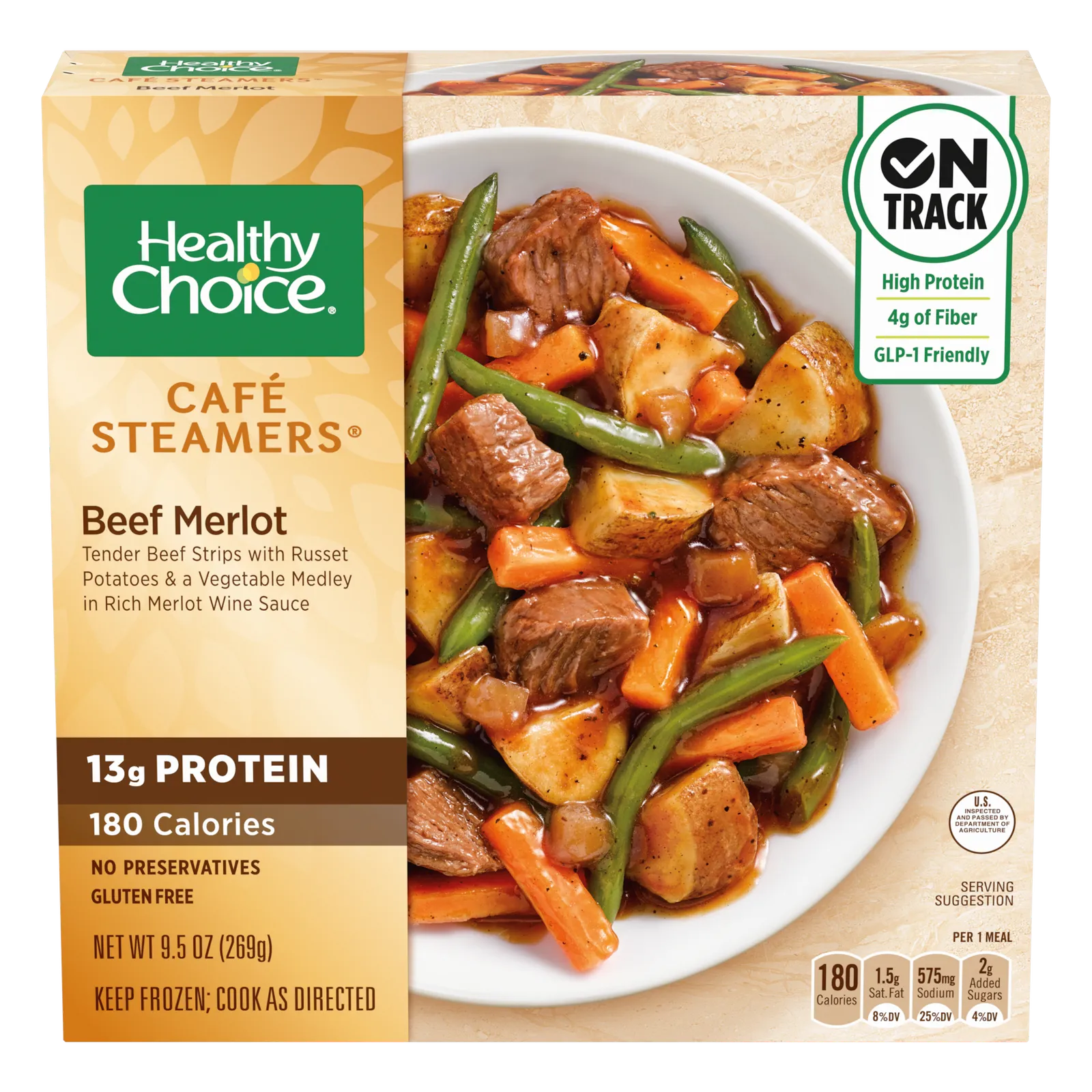
Innovation, not stagnation
Ultimately, packaging companies' success in this rapidly changing marketplace comes down to their willingness to innovate, analysts say.
The PwC report suggests that “food companies that focus on indulgent occasions should consider how to better tailor their products to a market that may be looking to experience their food in a different way,” and those that adapt to an increasingly health-focused consumer “may come out on top.”
"Innovation is necessary both on the food and the packaging side," said Owen, encouraging companies to "look at innovation a little bit heavier, a little bit harder, than they have in the last few years."
During Graphic Packaging International’s Feb. 4 earnings call, CEO Mike Doss said some of the company's recent food packaging innovations stem from customers altering their products in response to the weight-loss drug surge. Anytime customers make a change, “that creates opportunities for us,” Doss said.
GLP-1 use is not a fad, sources say, so embracing these changes now could pay off in the long run. But uncertainty remains about whether people who use the medications for weight loss will stay on the drugs over time or whether food intake will revert to previous levels when users cease drug use, the EY-Parthenon report notes.
Packaging providers therefore must be nimble and able to adapt, because “we don't know how things are going to go when a product scales,” said ThermoSafe's Lassiter. “Is this going to be an average product that's going to hit the market and maybe generate a very respectable half-a-billion or billion dollars? Or is it going to be a drug that takes off and can scale up to these large, franchise-type, [intellectual property]-driven success stories?”
ThermoSafe offers pharma customers off-the-shelf, already engineered solutions, but it also has an in-house design and testing lab to enable collaboration with customers for customized solutions. Underscoring the speed at which the pharma and packaging industries are innovating, Lassiter pointed out that roughly 80% of the products in ThermoSafe's portfolio were new designs within the last five years.
“Customers want what they want, and there's demand for more uniqueness to solve the specific need for a specific product they've developed,” Lassiter said.
Rapid growth is expected for GLP-1 drug adoption over the next 10 years, with the EY-Parthenon report projecting use by 13% to 21% of United States adults.
“This is a game-changing threat to the way that we've been doing things,” Owen said. “It's a real thing for both food companies, and packaging companies that supply the food industry, to be aware of.”





